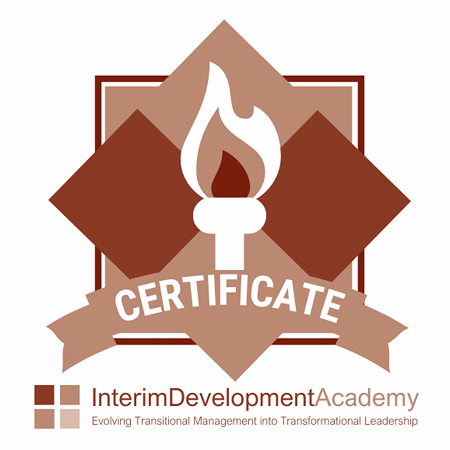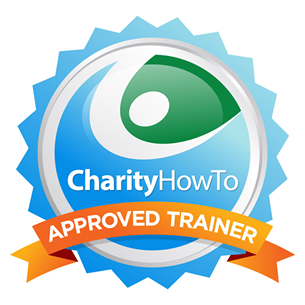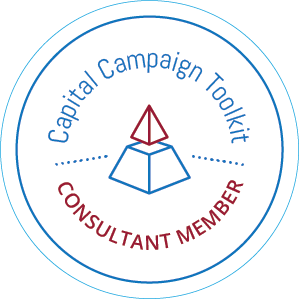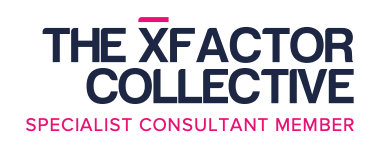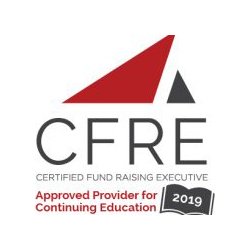The world is full of prospects. Now who to see first. Well, those that are most likely to make an individual donation.
Without a crystal ball, how do you even begin to determine those most likely to make a donation?
Well, first you look at linkage. Is there a strong connection between your organization and the prospect? Are they active in the organization? Do they know someone actively involved in the organization? These linkages are what matters. A genuine link to the organization.
The next thing to look at is their ability. Do they have the financial ability to make a sizable gift? There are ways both formal and informal that can help you determine if someone can make a gift.
The last thing one needs to determine is if the prospect has any interest in your organization. And, by interest, I mean belief in and passion for the mission. Again, some of this information is available online.
I would also recommend that you conduct a silent prospecting rating session with your closest board, staff, and volunteers. Prepare lists of the top one hundred prospects and have them review the lists for linkage, ability, and interest.
Then you take this prioritized list of prospects and determine initial cultivation and strategies for each. You can then segment each category of prospects into tiers. Tier 1 prospects are your major donors already close to the organization and have been supporting it for quite some time. Tier 2 donors are those with the capacity and interest to make a gift but lack connection. Further cultivation may be necessary for these individuals. And, Tier 3 donors are potential donors who very little is know of them. They folks would require additional prospect research and more in-depth cultivation.
So there you have my primer on major donor qualification. While, I know that asking is critical, I would hesitate to skip this careful planning step. In doing this step, you are determining who is more likely to support the organization immediately, and that will make for a much more effective and efficient solicitation process.
For your free e-course on establishing a major gifts effort in a small fundraising shop, sign up here!



 I was recently approached by my local Catholic elementary schools to put together some thoughts about building an alumni base that could possible provide scholarship fund assistance.
I was recently approached by my local Catholic elementary schools to put together some thoughts about building an alumni base that could possible provide scholarship fund assistance.